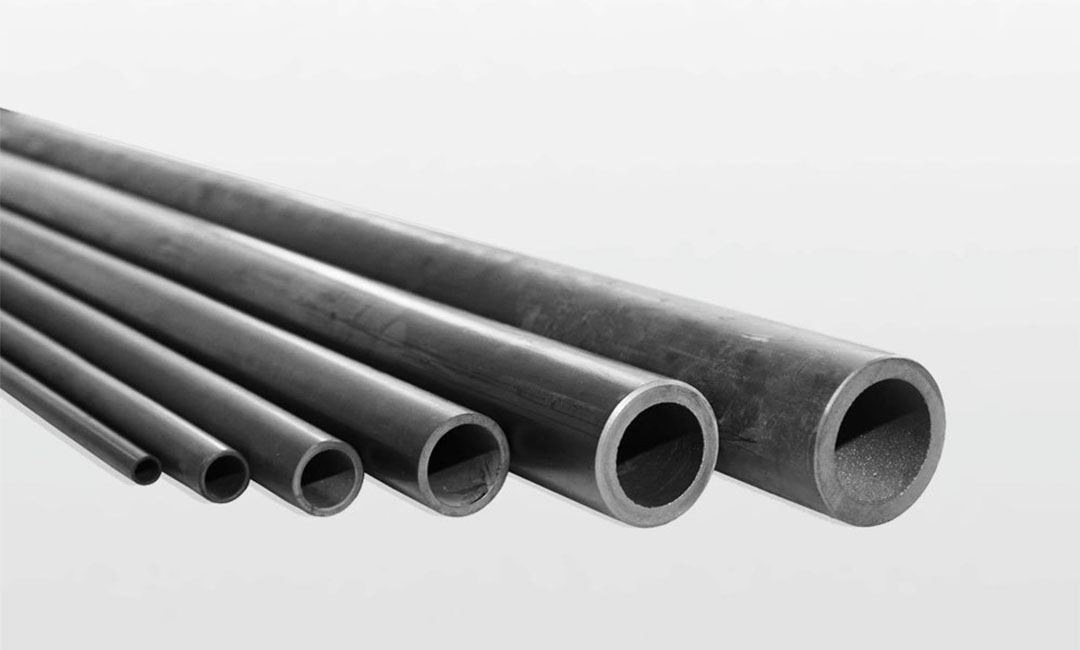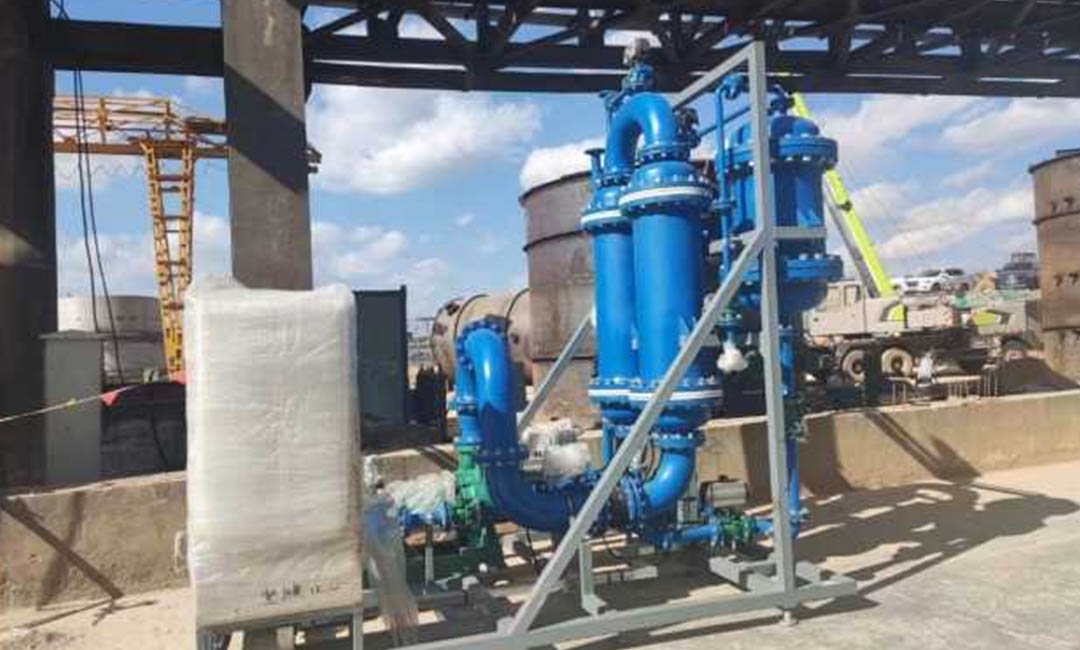Benefits of Using Tubular Membrane Crossflow SiC for Filtration
Filtration is a critical process in many industries, from wastewater treatment to food and beverage production. The efficiency and effectiveness of filtration systems can have a significant impact on the quality of the final product, as well as on the overall cost and environmental impact of the process. One technology that has been gaining popularity in recent years is tubular membrane crossflow SiC filtration.
Tubular membrane crossflow SiC filtration offers several key benefits that make it an attractive option for a wide range of applications. One of the primary advantages of this technology is its high filtration efficiency. The tubular membranes used in this system are made from silicon carbide (SiC), a material known for its excellent chemical and thermal stability. This allows the membranes to withstand harsh operating conditions and maintain their filtration performance over time.
In addition to their durability, tubular membrane crossflow SiC filters also offer a high level of selectivity. The unique design of the tubular membranes allows for precise control over the size and shape of the particles that are retained, making it possible to achieve a high degree of separation between different components in the feed stream. This level of selectivity is particularly important in industries where the purity of the final product is critical, such as pharmaceutical manufacturing or semiconductor production.
Another key benefit of tubular membrane crossflow SiC filtration is its scalability. The modular design of the system allows for easy expansion or modification to accommodate changes in production volume or process requirements. This flexibility makes it an ideal choice for industries that are looking to optimize their filtration processes and adapt to changing market conditions.
Furthermore, tubular membrane crossflow SiC filters are also highly energy-efficient. The crossflow design of the system minimizes fouling and clogging, reducing the need for frequent cleaning and maintenance. This not only helps to lower operating costs but also extends the lifespan of the membranes, resulting in a more sustainable and environmentally friendly filtration solution.

Overall, the benefits of using tubular membrane crossflow SiC for filtration are clear. From its high filtration efficiency and selectivity to its scalability and energy efficiency, this technology offers a comprehensive solution for industries looking to optimize their filtration processes. By investing in tubular membrane crossflow SiC filtration, companies can improve the quality of their products, reduce operating costs, and minimize their environmental impact.
Comparison of Tubular Membrane Crossflow SiC with Other Filtration Methods
Filtration is a crucial process in various industries, including water treatment, food and beverage production, and pharmaceutical manufacturing. The efficiency and effectiveness of filtration systems can have a significant impact on the quality of the final product. One innovative filtration method that has gained popularity in recent years is tubular membrane crossflow SiC (silicon carbide) filtration.
Tubular membrane crossflow SiC filtration offers several advantages over traditional filtration methods, such as sand filtration, cartridge filtration, and plate and frame filtration. One of the key benefits of tubular membrane crossflow SiC filtration is its high filtration efficiency. The tubular membranes are made of silicon carbide, a material known for its excellent chemical and mechanical properties. This allows the membranes to effectively remove particles, microorganisms, and other contaminants from the feed stream, resulting in a cleaner and purer product.
Another advantage of tubular membrane crossflow SiC filtration is its durability and longevity. Silicon carbide is a highly durable material that can withstand harsh operating conditions, such as high temperatures, corrosive chemicals, and abrasive particles. This makes tubular membrane crossflow SiC filtration ideal for applications where traditional filtration methods may fail due to wear and tear.
In addition to its high filtration efficiency and durability, tubular membrane crossflow SiC filtration also offers a compact and modular design. The tubular membranes are arranged in a crossflow configuration, allowing for continuous filtration without the need for frequent backwashing or cleaning. This results in a more efficient and cost-effective filtration process, as less downtime is required for maintenance and cleaning.
Compared to other filtration methods, such as sand filtration, cartridge filtration, and plate and frame filtration, tubular membrane crossflow SiC filtration offers superior performance in terms of filtration efficiency, durability, and ease of maintenance. Sand filtration, for example, relies on the physical straining of particles through a bed of sand, which can be inefficient and prone to clogging. Cartridge filtration, on the other hand, requires frequent replacement of filter cartridges, leading to increased operating costs and downtime.
Plate and frame filtration, while effective in certain applications, can be cumbersome and time-consuming to operate. The assembly and disassembly of filter plates and frames can be labor-intensive, requiring manual handling of heavy equipment. In contrast, tubular membrane crossflow SiC filtration is a more streamlined and automated process, with minimal manual intervention required.
Overall, tubular membrane crossflow SiC filtration offers a superior solution for industries looking to optimize their filtration processes. Its high filtration efficiency, durability, and compact design make it an ideal choice for applications where quality and reliability are paramount. By choosing tubular membrane crossflow SiC filtration, industries can ensure a cleaner and purer final product, while also reducing operating costs and downtime.
Case Studies Highlighting the Efficiency of Tubular Membrane Crossflow SiC in Filtration Applications
Tubular membrane crossflow SiC is a cutting-edge technology that has revolutionized the filtration process in various industries. This innovative filtration system offers numerous advantages over traditional methods, making it a popular choice for companies looking to optimize their filtration processes. In this article, we will explore how tubular membrane crossflow SiC works and why it is so effective in improving filtration efficiency.

Tubular membrane crossflow SiC utilizes silicon carbide (SiC) membranes to separate solids from liquids in a crossflow filtration process. Unlike traditional filtration methods that rely on dead-end filtration, where the feed flows perpendicular to the membrane surface, crossflow filtration involves the feed flowing parallel to the membrane surface. This continuous flow of feed helps prevent the build-up of solids on the membrane surface, leading to more efficient filtration and longer membrane life.
One of the key advantages of tubular membrane crossflow SiC is its high filtration efficiency. The unique structure of SiC membranes allows for precise control over pore size, ensuring the removal of particles as small as 0.1 microns. This level of filtration is essential for industries such as pharmaceuticals, food and beverage, and wastewater treatment, where the removal of contaminants is critical to product quality and safety.
Another benefit of tubular membrane crossflow SiC is its resistance to fouling. Fouling occurs when particles accumulate on the membrane surface, reducing filtration efficiency and requiring frequent cleaning or replacement of the membranes. SiC membranes are highly resistant to fouling due to their smooth surface and high chemical and thermal stability. This resistance to fouling not only improves filtration efficiency but also reduces maintenance costs and downtime.
In addition to high filtration efficiency and fouling resistance, tubular membrane crossflow SiC offers superior durability. SiC membranes are known for their mechanical strength and abrasion resistance, making them ideal for harsh operating conditions. This durability ensures a longer membrane life and lower replacement costs, further enhancing the cost-effectiveness of the filtration system.
Furthermore, tubular membrane crossflow SiC is easy to scale up for larger filtration applications. The modular design of the system allows for the addition of more membrane modules to increase filtration capacity as needed. This scalability makes tubular membrane crossflow SiC a versatile solution for industries with fluctuating filtration requirements.
Overall, tubular membrane crossflow SiC is a highly efficient and cost-effective filtration technology that offers numerous advantages over traditional methods. Its high filtration efficiency, resistance to fouling, durability, and scalability make it an ideal choice for industries looking to optimize their filtration processes and improve product quality.
In conclusion, tubular membrane crossflow SiC is a game-changer in the field of filtration, offering unmatched performance and reliability. Its innovative design and advanced materials make it a superior choice for industries seeking to enhance their filtration processes. By investing in tubular membrane crossflow SiC, companies can achieve higher filtration efficiency, lower maintenance costs, and improved product quality, ultimately leading to increased profitability and competitiveness in the market.

